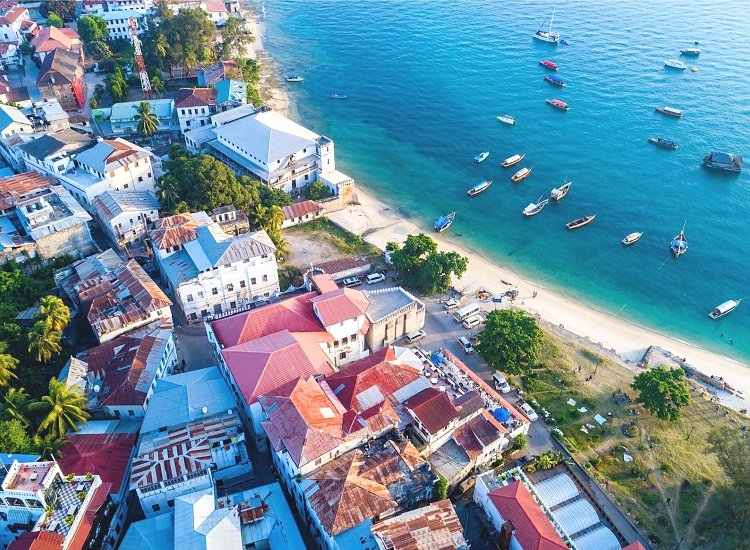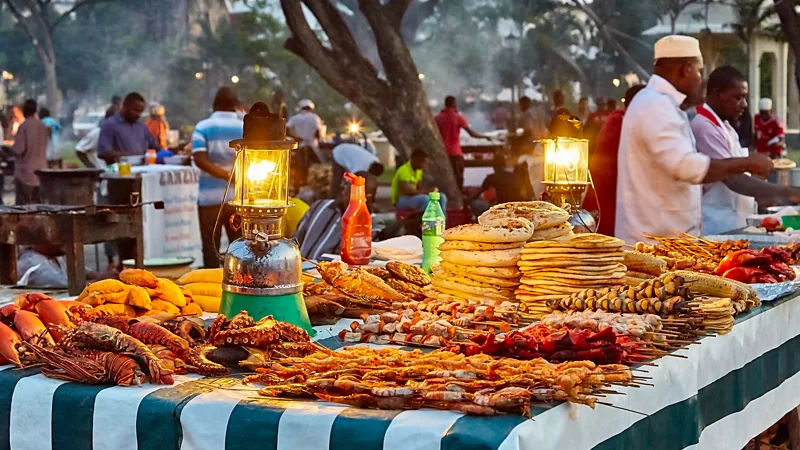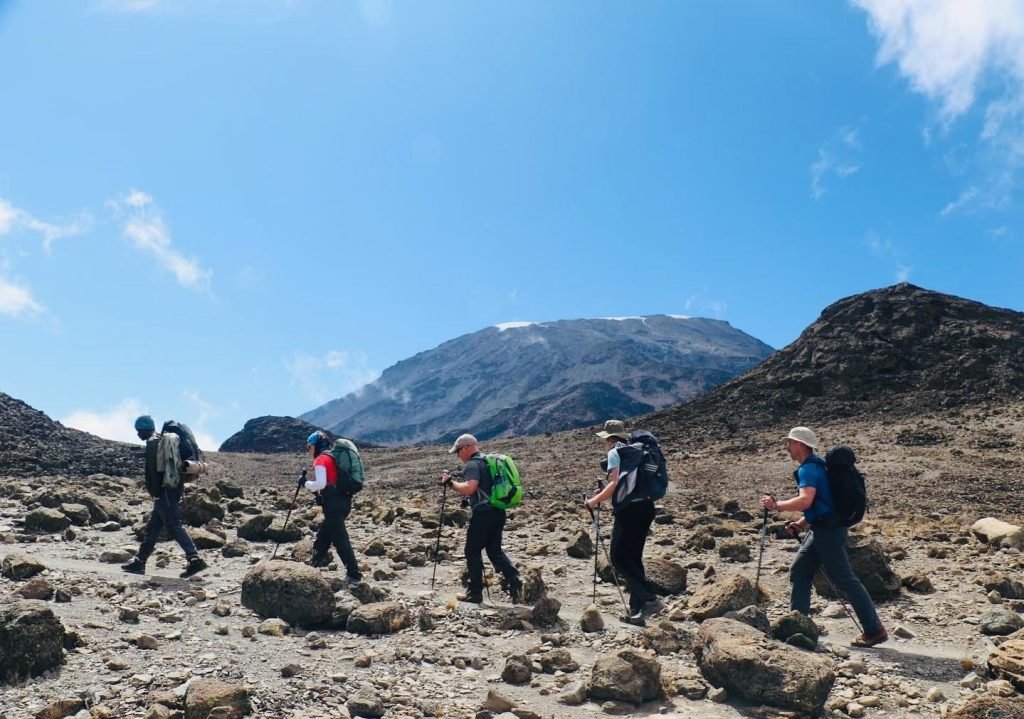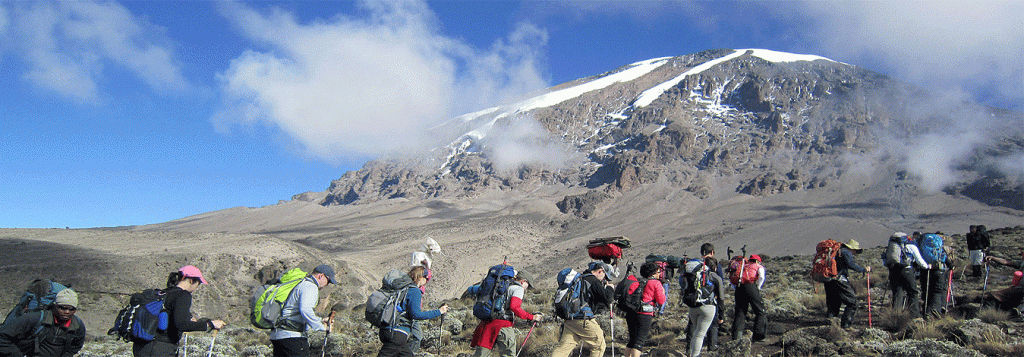Climbing Mount Kilimanjaro, the “Roof of Africa,” is a once-in-a-lifetime adventure. Standing at 5,895 meters (19,341 feet), it is the highest free-standing mountain in the world and one of the most sought-after trekking destinations.
While Kilimanjaro can technically be climbed year-round, timing matters — and choosing the right season can greatly influence your experience, success rate, and overall enjoyment of the journey.
1. Understanding Kilimanjaro’s Climate
Kilimanjaro’s weather is shaped by its equatorial location and high elevation. Instead of the four traditional seasons, the mountain experiences:
- Dry Seasons: January to March, and June to October.
- Rainy Seasons: April to May (long rains), and November to early December (short rains).
The dry seasons are generally the most popular for climbing due to more stable weather conditions.
2. Best Months to Climb Kilimanjaro
January to Early March
- Weather: Warm, clear mornings with a chance of light rain or snow at higher altitudes.
- Advantages: Quieter than the mid-year dry season; great visibility.
- Ideal For: Photographers and those who prefer moderate crowds.
June to October
- Weather: Cool, dry conditions with excellent visibility.
- Advantages: Peak climbing season; coincides with Tanzania’s main safari season.
- Ideal For: First-time climbers seeking reliable weather and lively trekking atmosphere.
3. Months to Avoid (If Possible)
April to May – Long Rains
- Heavy rain can make trails slippery and uncomfortable.
- Cloud cover may limit views, and some routes may be harder to access.
November to Early December – Short Rains
- Less intense than long rains, but wet conditions are still possible.
- Fewer climbers, but more chance of damp gear and limited visibility.
4. Why Timing Matters
a) Weather Conditions
Stable weather increases safety, reduces the risk of hypothermia, and improves visibility for both trekking and photography.
b) Success Rates
Dry-season climbs tend to have higher summit success rates because of better footing and fewer weather disruptions.
c) Overall Experience
Choosing the right time means more comfortable camps, clearer views of the summit, and an easier time adjusting to altitude.
5. Balancing Crowds and Comfort
- High Season: June to October and late December to February. Expect more climbers and busier camps.
- Shoulder Season: March and November offer fewer crowds, but be prepared for variable weather.
Final Thoughts
The best time to climb Kilimanjaro depends on your priorities. For most trekkers, the dry months of January–March and June–October offer the ideal balance of good weather, higher success rates, and enjoyable trekking conditions.
By aligning your climb with the right season, you’ll not only improve your chances of reaching Uhuru Peak but also make the journey safer, more comfortable, and far more memorable.





